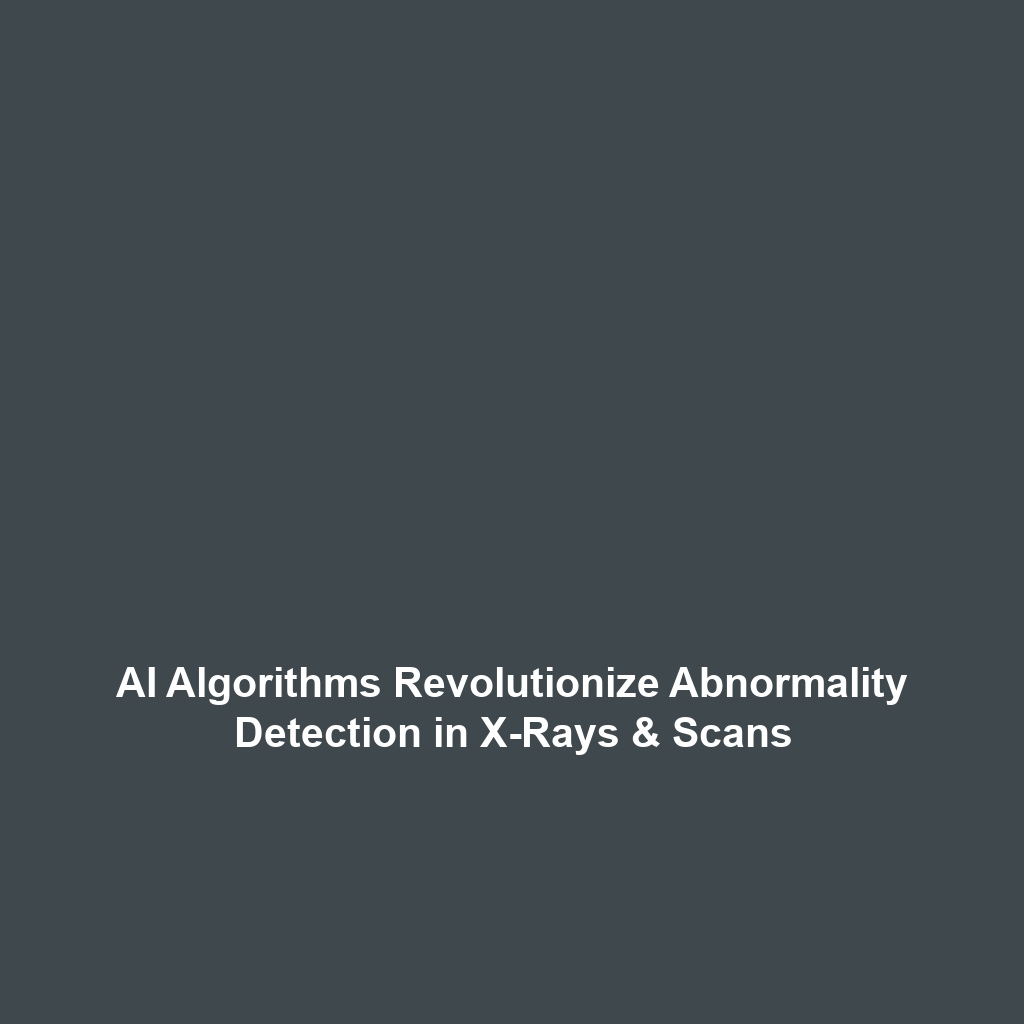Jets and Energy Emissions from Accretion Processes in Black Holes
Introduction
Jets and energy emissions from accretion processes are among the most fascinating phenomena associated with
black holes. These powerful jets created during the accretion of matter not only illustrate the extreme
conditions surrounding black holes but also impact the surrounding environment, contributing to cosmic evolution.
Understanding these energy emissions provides crucial insights into the mechanisms at play in black hole systems,
highlighting their role in the universe’s grand tapestry. In this article, we delve into the scientific principles,
applications, challenges, and future research directions concerning these jets.
Key Concepts
The study of jets and energy emissions from accretion processes revolves around several key concepts:
Accretion Disks
An accretion disk is a structure formed by diffuse material in orbital motion around a central body,
such as a black hole. The gravitational forces exerted by the black hole heat this material, allowing jets to form from
the inner regions of these disks.
Relativistic Jets
Relativistic jets are collimated streams of plasma that are ejected at nearly the speed of light,
primarily from the poles of a rotating black hole. These jets can carry enormous amounts of energy and are key
players in astrophysical phenomena, including the jet emissions observed from active galactic nuclei (AGN).
Energy Emissions
Energy emissions from accretion processes are primarily in the form of radiation across multiple wavelengths,
including X-rays and gamma rays. These emissions can significantly influence star formation and the interstellar medium.
Applications and Real-World Uses
The study of jets and energy emissions from accretion processes has various significant real-world applications:
- Astronomical Observations: Understanding jets improves the analysis of cosmic events and
structures observed through powerful telescopes. - Cosmology: Insights gained from energy emissions help in understanding the evolution of
galaxies and the distribution of matter in the universe. - Technological Innovations: Lessons learned from black hole dynamics can inspire advancements
in fields such as plasma physics and energy generation.
Current Challenges
Studying jets and energy emissions from accretion processes presents several challenges, including:
- Complexity of Phenomena: The dynamics of jets are influenced by relativistic effects that
are challenging to model accurately. - Observation Limitations: Many jets are located in distant galaxies, making them hard to study
with current technology. - Data Interpretation: The interpretation of emissions data requires sophisticated analytical
tools and methods, complicating the study.
Future Research and Innovations
Future research concerning jets and energy emissions from accretion processes looks promising with several innovations
on the horizon:
- Next-Generation Telescopes: The advent of advanced telescopes, such as the James Webb Space
Telescope, will enhance our ability to observe and analyze jets more effectively. - Improved Computational Models: Development of enhanced simulations will allow for better predictions
of jet behaviors and their impact. - Interdisciplinary Approaches: Collaborations across astrophysics and other scientific fields will
lead to breakthroughs in understanding black hole complexities.
Conclusion
Jets and energy emissions from accretion processes represent critical areas of study within the field of
black holes. Their impact on cosmic dynamics and the broader understanding of the universe cannot be
overstated. Continued research will unlock deeper insights into these phenomena, shaping the future of astrophysics.
To learn more about black holes and related cosmic phenomena, explore our other articles on the subject.

